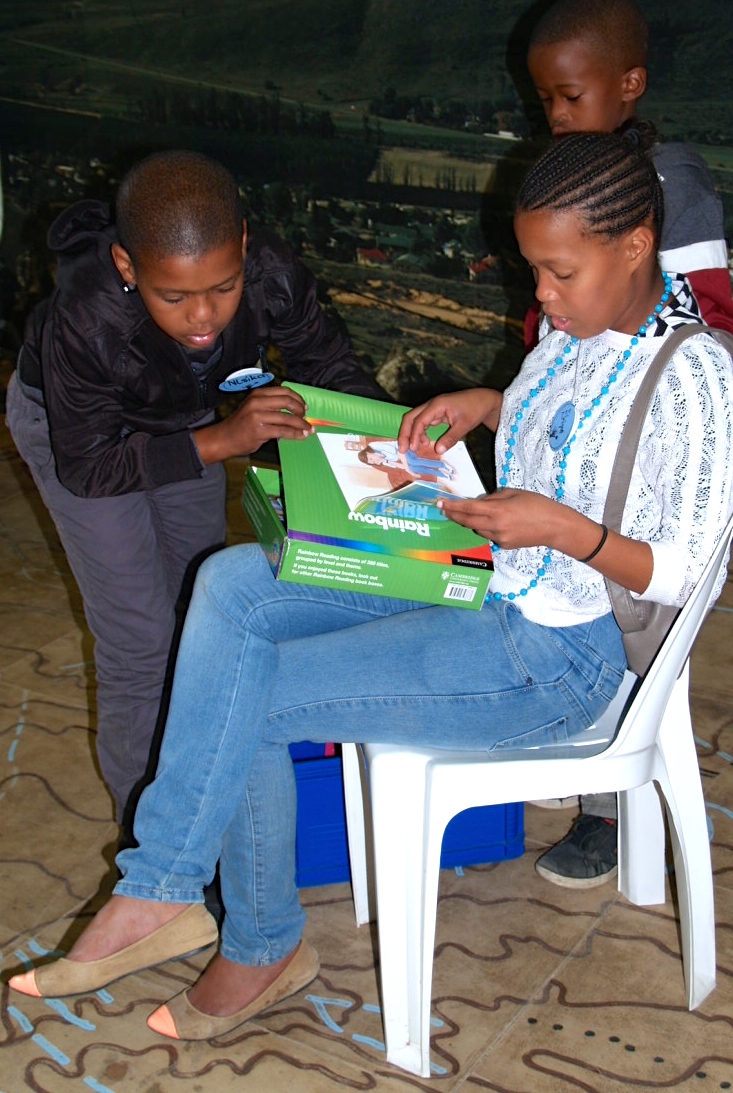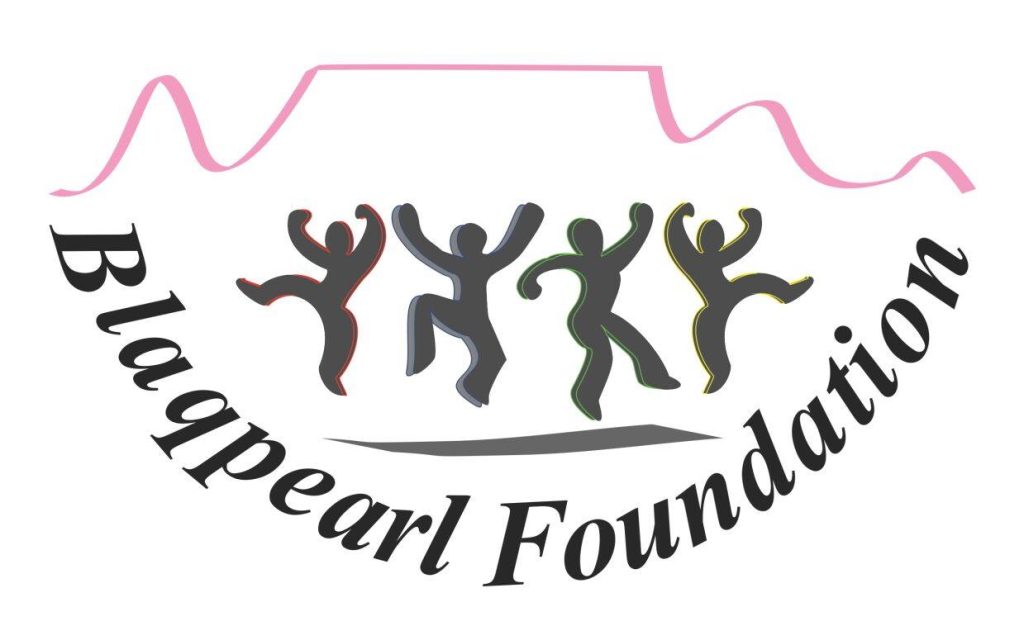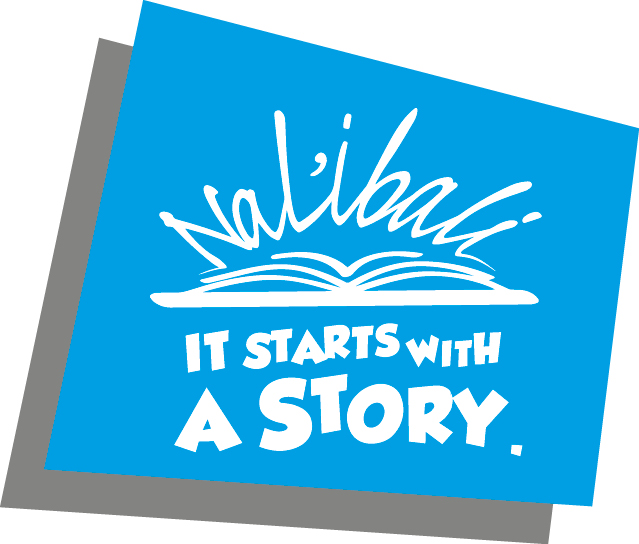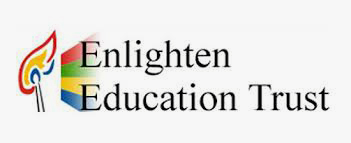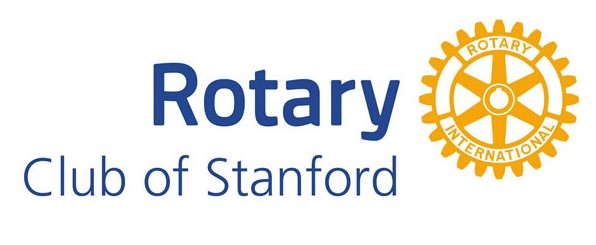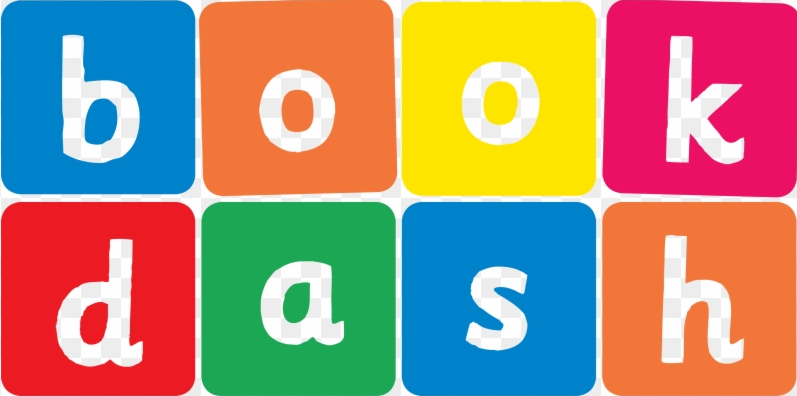On Friday 15th and Saturday 16th May a full complement of children attended a workshop at Clanwilliam Living Landscape Project linking the art and science of tracking and the art and science of archaeological research.
We are slowly building on previous work. This workshop was enhanced by visiting archaeologist Dr Jeremy Hollmann and filmmaker Musi Msimanga who have been working on the Clanwilliam Dam archaeology project for the last month. They added a new dimension to work already covered by visiting archaeologists and others who have shed light on the landscape and history of the Olifants River Valley.
We began as we always do with story and books. In this case a most beautiful story, Dima and Owl Man, collated and published by Marlene Winberg and retold by Kayunga Carimbwe and Kapilolo Mahongo. This story is a creation myth that deals with the way humankind got the sun and the moon – and rain.
This was followed by looking at maps and discussing the drainage pattern of the river – how water always travels downwards, how trickles become puddles and puddles overflow into rivulets that feed into streams. We have found, with that not all of this information is a given. Paintings and map-making exercises have revealed deep flaws in knowledge about rivers; how they form and what happens to them when they are dammed.
We also discussed the importance of archaeology and how dynamic a science it is, making use of the Cambridge University Press box of Rainbow Readers on the subject and exploring some of the directions it can take the interested reader.
We used Louis Liebenberg’s book: The Art of Tracking, the origin of science (published by David Phillip in 1990) to investigate the realities of hunting and gathering as a lifeway, and considered the practicalities.
The planned activities were carried out with great concentration and took longer than expected. Half the group made careful potato prints of animal tracks in white paint on black card. The other half wrote stories about how they would follow the trail of:
• A friend who was unhappy and who had run away
• A dog that was lost
• A thief who had stolen a wallet.
Both exercises delivered interesting results. Snacks were, as usual, provided by Liezel Hoffman of Living Landscape.
The second day dawned early with a small boy waiting patiently, over two hours early for the workshop to begin.
‘It only starts at ten,’ he was told.
‘I know.’
He was rewarded with a pile of books to keep him busy until the others arrived – which happened half an hour later.
After a breakfast snack of hot chocolate and muffins, Jeremy and Musi gave a short presentation of their work that had the children totally absorbed. The archaeologists have been documenting the rock art in the valley that will be submerged when the dam wall is raised on the Olifants River. There was complete, absorbed, concentration on the presentation of maps and images. We had a short break for some work on the Song of the Olifants River (choral verse), with clapping and thunder effects, before Musi showed a short film that highlighted the science of the job they do and the meticulous recording that preserves knowledge of the rock art heritage.
When our guests left, the children had a much better perception of the work that is going on in their own valley and of the people who painted the rock art and lived here before them. They asked unusually interested questions and clearly enjoyed their morning.
We also worked with the rainbow Readers Archaeology box, looking particularly at how archaeology was written about in fiction as well as recorded in non-fiction. Other books consulted were:
Some views on rock paintings in the Cederberg (Janette Deacon)
Cederberg Rock Paintings (John Parkington)
Rock Paintings of South Africa (Stephen Townley Bassett)
We finished the morning with more work on our river song, and some electric handshakes.
After lunch we completed the activities of the previous day by reversing the groups. A small group also elected to write to a workshop participant in the CBN workshop in Sharjah (UAE) who shared an admiration of the band One Direction. A good time was had by all!
Thanks: This workshop was part of the Clanwilliam Dam Community Project (CDCP) in association with Clanwilliam Living Landscape Project, PGS Heritage and Clanwilliam Municipality, particularly their Library and their librarians who give CBN wonderful support. Sponsorship for the workshops comes from the Department of Water and Sanitation as part of its Social responsibility programme associated with the raising of the Clanwilliam Dam wall. Our particular thanks to archaeologist Dr Jeremy Hollmann and filmmaker Musi Msimanga.

